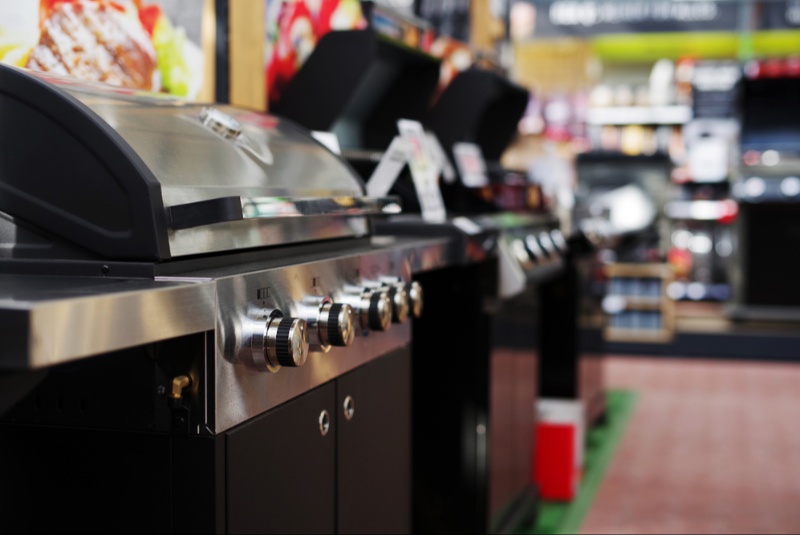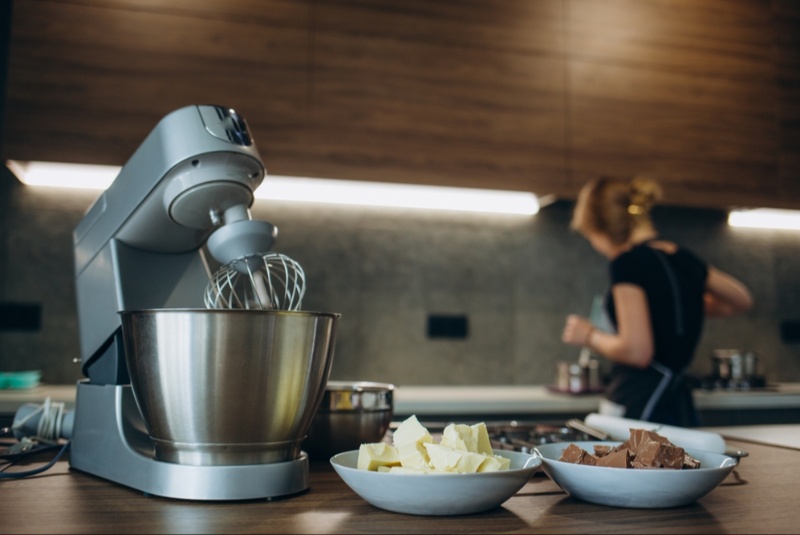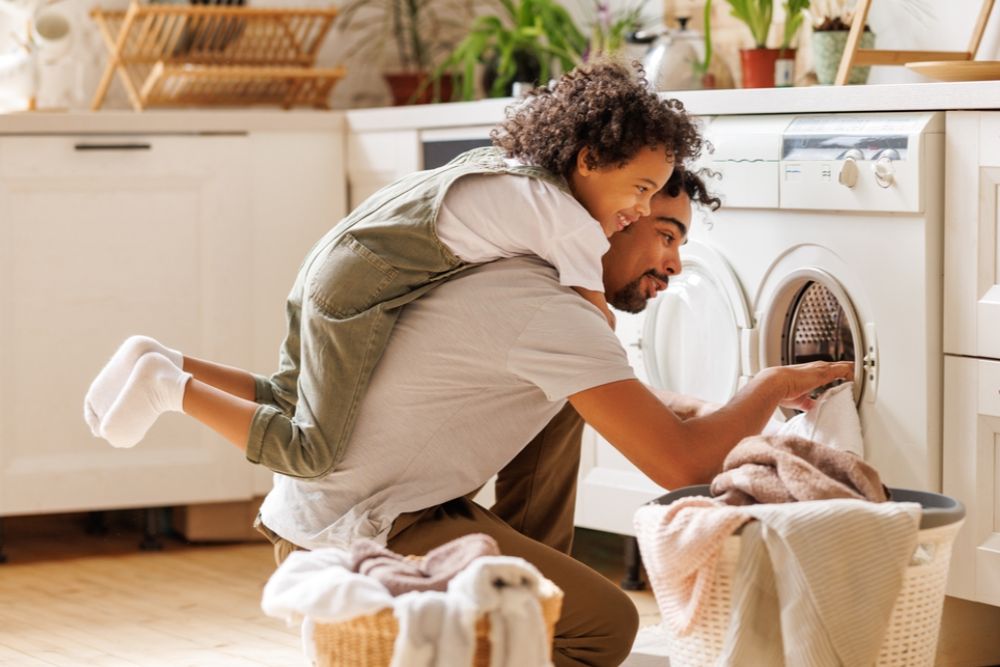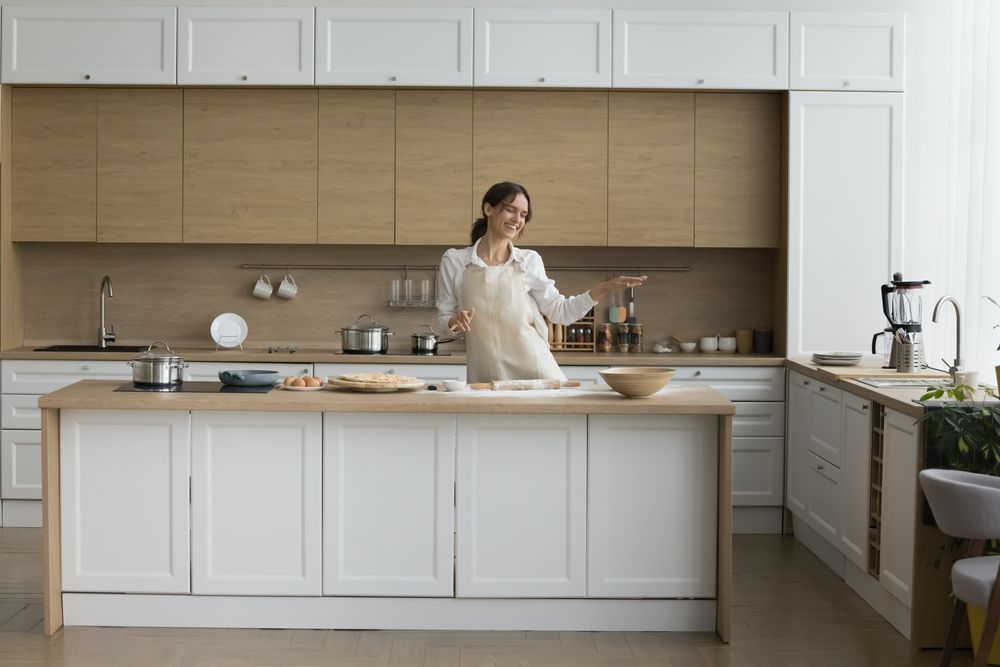For centuries, pressure cookers have been essential kitchen tools for those who prioritize both time and flavor. Recently, their popularity has surged due to modern designs and advanced safety features, making them even more accessible for home cooks. From tenderizing meat to quickly cooking grains and legumes, a premium pressure cooker can do it all. But with so many options, navigating the choices can feel overwhelming.
1. What is a Pressure Cooker?
A pressure cooker is a sealed pot with a valve that controls steam pressure inside. As the pot heats, the liquid inside produces steam, which builds up pressure within the pot. This high pressure allows food to cook quickly while sealing in moisture, making dishes prepared in a pressure cooker juicier and more flavorful.
2. Stovetop vs. Electric Pressure Cookers
Understanding the difference between stovetop and electric models will help you decide which best suits your cooking style and kitchen setup.
- Stovetop Pressure Cookers: These traditional models sit on a stove burner. Known for heating quickly and reaching higher pressures than electric models, stovetop cookers provide excellent durability and control. Professional chefs often favor them because of their precise adjustments and robust build.
- Electric Pressure Cookers: Electric models plug into an outlet and come with their own heating element. They often feature multifunction capabilities, such as slow cooking, steaming, and even yogurt making. This versatility and convenience make them popular among home cooks who enjoy an all-in-one appliance.
3. Material Matters
The material of your pressure cooker significantly impacts its durability, heat conduction, and even food quality. Here are some options to consider:
- Stainless Steel: This material is highly durable, non-reactive, and resistant to staining, making it ideal for pressure cookers. For longevity, look for high-quality 18/10 stainless steel, which is corrosion-resistant and provides a sleek finish.
- Aluminum: Aluminum is lightweight and often more affordable. It heats quickly but may react with acidic foods and stain over time. Some premium models feature anodized aluminum, which is non-reactive and significantly more durable, combining lightweight benefits with added toughness.
4. Choosing the Right Size & Capacity
Choosing a pressure cooker size that matches your cooking habits and household size is essential. Here’s a quick guide to popular capacities:
- Small (1-3 liters): Ideal for singles, couples, or those cooking smaller portions.
- Medium (4-6 liters): A good choice for small families or individuals who enjoy batch cooking.
- Large (7-10+ liters): Best for large families or those who prefer cooking in bulk to save time throughout the week.
Keep in mind that while a larger cooker offers more capacity, it also requires more storage space. Opt for a size that fits well in your kitchen and aligns with your cooking needs.
5. Safety Features
Modern pressure cookers come equipped with multiple safety features to protect both the user and the appliance. These mechanisms are essential for worry-free cooking:
- Locking Lids: These lids prevent the cooker from being opened while still pressurized, reducing the risk of accidents.
- Pressure Indicators: Indicators show when the pot is fully pressurized, giving you a clear signal when cooking begins and when it’s safe to open.
- Release Valves: These allow you to release pressure safely, essential for avoiding spills and burns.
- Safety Vents: In the rare case that other safety mechanisms fail, vents provide an extra layer of protection by releasing excess pressure.
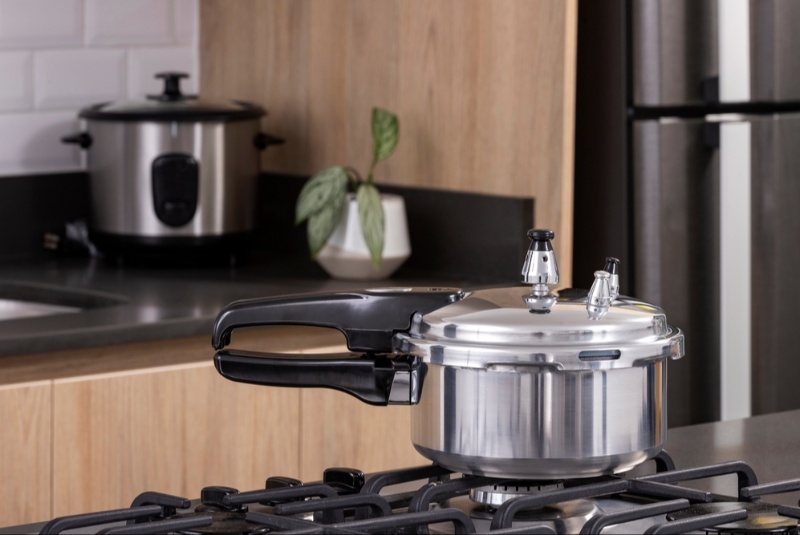
6. Pressure Settings for Versatile Cooking
A premium pressure cooker should offer multiple pressure settings, allowing you to prepare a wider range of dishes. Here’s why these settings are helpful:
- Multiple Pressure Levels: Some foods, like fish, require gentle cooking at lower pressure, while tougher ingredients, such as meat, benefit from high pressure. Having multiple levels lets you adjust to the unique needs of each dish.
- Quick Release Option: This function releases pressure rapidly, which is essential for foods that can easily become overcooked, like vegetables. With a quick-release option, you maintain control over the cooking time, ensuring consistent results.
7. Additional Features That Add Convenience
Some pressure cookers come with extra features that simplify the cooking process or add versatility. Here are a few that might be worth considering:
- Non-Stick Interior: Non-stick surfaces make cleaning easy but can wear over time, so look for high-quality coatings to avoid chipping or flaking.
- Timer and Delay Start: Found in many electric models, these features are perfect for busy cooks who prefer to “set and forget” their meals. Simply schedule the cooking start time, and your meal will be ready when you are.
- Accessories: Some pressure cookers come with steamer baskets, trivets, or recipe books, adding value and helping you get the most out of your purchase.
8. Warranty & Brand Reputation
A reliable brand and solid warranty can save you from potential issues down the line. Investing in a pressure cooker backed by a good warranty speaks to the company’s confidence in the product. Reputable brands like Instant Pot, Ninja, and Tefal have a strong track record in quality and durability. Researching customer reviews and ratings offers additional insights into the product’s performance and longevity, helping you make an informed choice.
9. Budget: Finding the Right Balance
Pressure cookers range widely in price, from basic budget models to high-end multifunctional cookers. Establish a budget that suits your needs, but keep in mind that paying a little more often leads to better quality and durability. Higher-priced models typically feature robust safety mechanisms, more versatile cooking options, and durable construction, making them worthwhile for frequent use.
10. Aesthetics: Look Good While Cooking
If you’re investing in a premium appliance, consider choosing one that complements your kitchen decor. Many modern pressure cookers come in sleek designs and various finishes, so you can pick one that looks great on your countertop. While aesthetics are secondary to performance, a visually appealing appliance can enhance the overall look of your kitchen.
11. Cleaning and Maintenance
Keeping your pressure cooker clean is essential for optimal performance and food safety. Here’s a quick guide to cleaning and maintenance tips:
- Regular Cleaning: Clean the pot, lid, and any detachable parts after each use to prevent food residue buildup.
- Inspect Seals and Valves: Check the gasket and release valves regularly. Replace them as needed to ensure your cooker maintains proper pressure.
- Follow Manufacturer Guidelines: Some parts may not be dishwasher-safe, so consult the manual for specific cleaning instructions.
A well-maintained pressure cooker lasts longer and operates more safely, protecting your investment over time.
12. Tips for Maximizing Your Pressure Cooker’s Potential
Getting the most out of your pressure cooker involves understanding how to use it effectively. Here are some tips to enhance your cooking experience:
- Layering Flavors: Sauté ingredients like onions, garlic, and spices before pressure cooking to deepen flavors in your dishes.
- Liquid Ratios: Always add enough liquid as specified in recipes to avoid burning or damaging the cooker.
- Timing Adjustments: Be mindful that cooking times can vary with different ingredients and altitudes. Adjust based on experience to achieve ideal results.
A pressure cooker is more than just another kitchen appliance—it’s a time-saving, flavor-enhancing tool that elevates your cooking. By considering these factors, you’ll be on the path to selecting a premium pressure cooker that meets all your culinary needs and enhances your kitchen experience.

